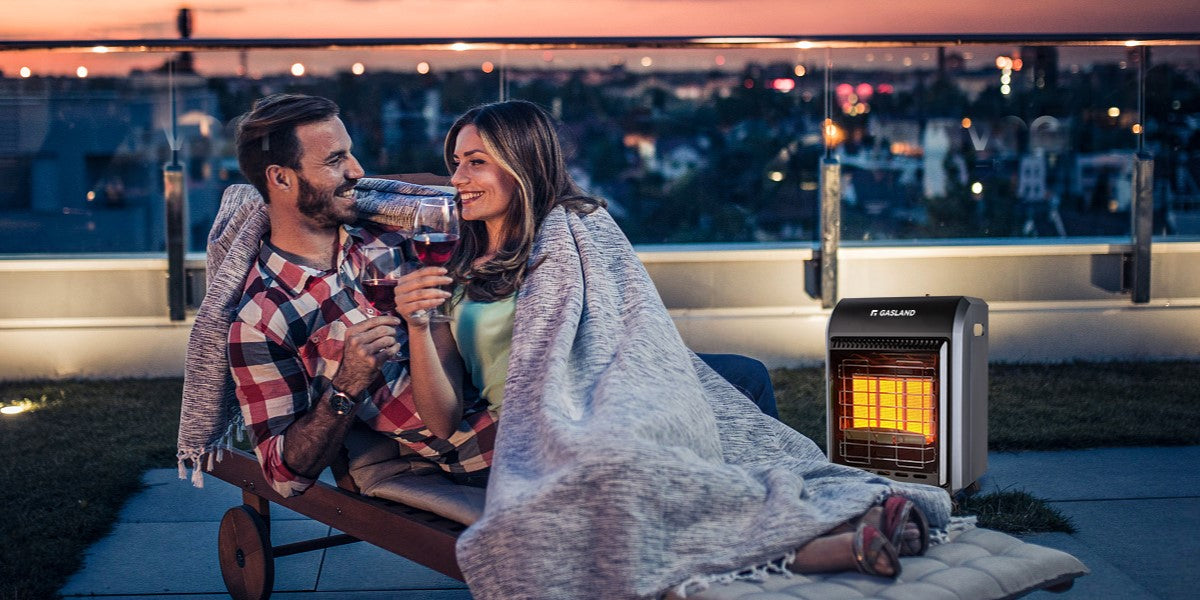🔧 Understanding Indoor Gas Water Heaters
Indoor gas water heaters are popular for their high efficiency, instant hot water, and compact design.
However, correct installation is key to safe and reliable operation — especially when it comes to gas and exhaust venting.
There are two main types of indoor gas water heaters:
-
Balanced Flue (Sealed Combustion)
-
Forced Exhaust (Fan-Assisted Venting)
Let’s explore how each works and how to install them properly.
🌀 Balanced Flue System: Safe and Quiet Indoor Use
A balanced flue water heater has two separate air channels:
-
One draws in fresh air from outside.
-
The other vents exhaust gases back outdoors.
This setup ensures sealed combustion, meaning the appliance doesn’t consume oxygen from your room — making it ideal for bathrooms, enclosed kitchens, or small apartments.
🧱 How to Install a Balanced Flue Water Heater
-
Choose the Installation Location
-
Mount on a non-combustible wall.
-
Keep at least 30 cm of clearance on top and both sides.
-
Ensure direct access to an exterior wall for vent routing.
-
-
Mount the Heater
-
Use screws and wall plugs to secure it firmly.
-
Leave enough space for future maintenance.
-
-
Connect the Air Intake & Exhaust Pipes
-
Most balanced units use coaxial double-layer vent pipes.
-
The inner pipe discharges exhaust gas; the outer pipe draws in air.
-
Maintain a 1/4-inch per foot downward pitch to prevent condensation from entering the heater.
-
Ensure the wall thimble is properly sealed to prevent air leakage.
-
-
Gas and Water Connection
-
Connect the gas inlet with an approved shut-off valve and sediment trap.
-
Attach the cold-water inlet and hot-water outlet with check and drain valves.
-
Test all joints with soap solution — never with an open flame.
-
-
Final Checks
-
Confirm no exhaust gas leaks indoors.
-
Run water to purge air and debris from the lines.
-
Power up and check ignition.
-
Balanced systems are low-noise, energy-efficient, and extremely safe for confined spaces — provided the vent pipe and wall seals are correctly installed.
🔥 Forced Exhaust System: Flexible and Powerful Venting
A forced exhaust water heater uses an internal fan to push exhaust gases outdoors through a single stainless-steel vent pipe.
This makes it easier to install and ideal for kitchens, laundry rooms, or basements with better airflow.
One example of this design is the
👉 GASLAND Indoor Water Heater 4.22 Gallons CG422NG,
a compact tankless model that delivers instant hot water while maintaining efficient combustion and safe venting.

🧱 Installing a Forced Exhaust Water Heater
Step 1: Mounting the Unit
-
Check the unit for any shipping damage.
-
Mount it on a solid wall using proper anchors.
-
Keep the top vent clear of obstacles.
Step 2: Gas & Water Connection
-
Install a manual gas shut-off valve, union joint, and sediment trap.
-
Connect the cold-water inlet and hot-water outlet, adding check valves and drain valves where needed.
-
Insulate the water pipes to prevent heat loss and freezing.
Step 3: Electrical Connection
-
Plug into a grounded outlet.
-
Keep cords and sockets away from moisture.
Step 4: Vent Pipe Installation
-
Forced exhaust units require a dedicated vent pipe for flue gases.
-
Stainless steel pipes are recommended for durability and safety.
For example, Gasland offers the
👉 3" Stainless Steel Vent Pipe Kit (GSVP70T),
which includes straight sections, an elbow, a wall thimble, and mounting clips for a secure, airtight fit.

Installation Tips:
-
Maintain a downward pitch (¼ inch per foot) for drainage.
-
Avoid PVC or non-approved pipes.
-
Keep total pipe length under 10 ft for best airflow.
-
Seal all joints to prevent exhaust leaks.
🧊 Winter Protection & Maintenance
Even if your unit includes built-in freeze protection, it’s important to winterize your system properly:
-
Insulate exposed water lines.
-
Do not cover the exhaust outlet.
-
If the unit won’t be used for weeks, drain the heater completely.
-
For outdoor or semi-exposed setups, disconnect the water inlet and let all residual water out to avoid pipe cracking.
🧠 Key Safety Reminders
-
Always follow local plumbing and gas codes.
-
Never share vent pipes between appliances.
-
Keep flammable materials away from the heater.
-
Schedule annual maintenance to inspect the vent and burner.
💡 Final Thoughts
Both balanced flue and forced exhaust systems have their place — the choice depends on your installation environment and ventilation conditions.
-
Choose a balanced flue model for small, sealed rooms.
-
Choose a forced exhaust model for open indoor spaces or multi-fixture setups.
Whichever you select, using certified stainless-steel vent kits and proper plumbing practices ensures years of safe, efficient operation.
For reliable performance and compatible accessories, you can explore Gasland’s full range of
👉 Indoor Residential Water Heaters
and
👉 Vent Pipe Kits.







